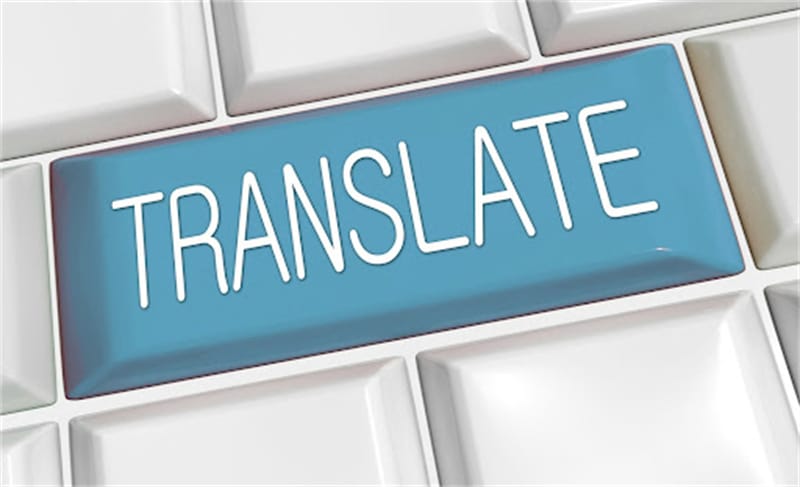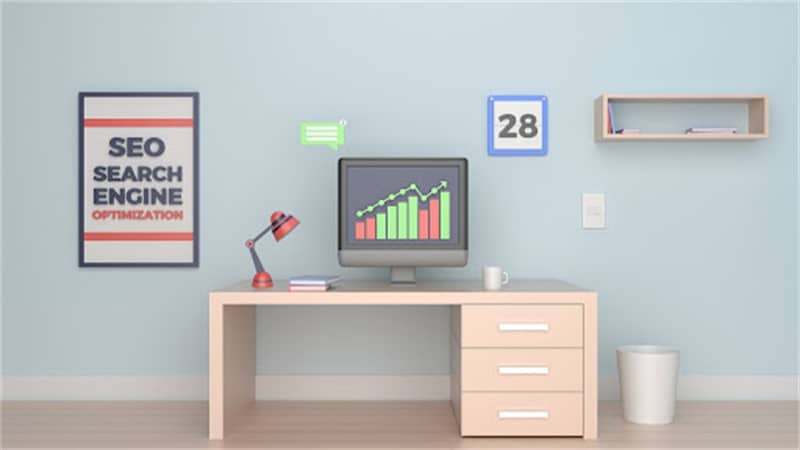
Ever since the early ‘90s, when the first websites saw the light of day, the English language has dominated the web.
Even nowadays, it’s estimated that nearly 60% of all web content is in English. However, less than 20% of the world’s population actually speaks it, with only 5% being native speakers.
With that in mind, website translation is an essential endeavor for individuals and companies looking to market and sell their products and services in the increasingly connected world. In fact, the growing number of startups proves that having a good idea, developing a good product, some investment, and virtuous execution are enough to reach the global markets quickly.
Nevertheless, nothing of that would be possible if the companies fail to localize their content for their target audiences, and everything starts with proper translation.
Website translation, the first and most vital step that leads to localization—the process of adapting an existing website to the local language and culture, which is much more than the simple translation of the text—could prove very challenging and time-consuming if you don’t have any prior experience with the subject matter or fail to plan and execute the process adequately.
To make things easier for you, we’ll share the three essential tips you should know to facilitate website translation and effectively go global with your business.
Decide On Your Approach for Website Translation
The initial and most important step in strategic planning for website translation is to decide on the approach and the translation method you will use.
The first approach to translating a website for global use is to hire professional human translators to translate your website's content from one language to another. This approach comes with the advantage of being incredibly accurate if you work with translators who understand both languages and are familiar with the website's subject matter.
However, suppose you're working with a limited budget and resources; in that case, you should keep in mind that human translation could be expensive, and it can take quite a time to get the translated website pages back from the translators, which can consequently hold up your international site's launch.

A viable alternative to human translation services is using machine translation software, which works by using an AI-powered system to translate your website's text automatically. The best thing about using machine translation software for website translation is that it's cheaper and faster compared to human translation, with the only downside being that it's often not as accurate.
Perhaps the best website translation approach is relying on a hybrid of human and machine translation, called MTPE, or machine-translation post-editing. With this approach, you use machine translation software to create a draft translation, which a professional human translator afterward polishes and edits to get the accuracy of the translated version to 100%.
To find the most suitable website translation approach for your company, do a cost-benefit analysis based on your needs and then select the one that best fits your scenario.
Mind and Prioritize Your SEO Efforts When Translating Your Website
Once you decide on the approach you’ll take advantage of for translating your website, the next thing you should do is think about how you will effectively distribute the content in front of the new global markets.
To achieve that, you should prioritize your SEO efforts when translating your website because most search engines favor content from local sites in their search engine results pages. If you search for the same term in different countries, the search engine will bring up different results, so you should translate your website with local SEO in mind. When translating your website, consider the translation of the following SEO elements:
- Your website’s URL. First things first, make sure to get a country-specific domain, e.g., yourwebsite.jp; yourwebsite.it; yourwebsite.nl.
- Be aware of language annotations. Make sure to add an HTML hreflang attribute to your website so that local search engine crawlers know that this version of your website is for audiences who speak the target language.
- Use the right keywords. If you have any prior experience with SEO, then you know that using the right keywords in your content is the cornerstone of any successful SEO strategy. Therefore, conduct thorough keyword research for the market you will target with your new website. Don’t just literally translate the keywords you already have in your native website, but use the keywords that the target audience is using when they are searching for things on the internet.

Don’t Forget to Check Possible Legal Barriers
While this might seem tedious, understanding things like business and privacy laws in the global markets before you translate your website is very important.
In all likelihood, your website already has some legal content, such as terms and conditions or privacy policy, that you will include in the new website as well. So, because the laws in the countries you are expanding your business into are not the same as your native ones, some sections of your legal content will need to be redone to accommodate those differences.

Besides, laws on privacy change frequently, so keeping up-to-date with new rules and regulations is vital to guarantee that your international website stays compliant. For instance, if you’re expanding to some of the countries of the European Union, you must be aware that the GDPR regulations that passed in 2016 affect all websites with E.U. visitors.
Final Thoughts
Translating your website for international target audiences is a must if you want to expand to global markets and boost your company’s bottom line. Now that you know the things that you should pay special attention to before you start translating your website, you are ready to tackle your website translation project with ease and take your company to the next level.










